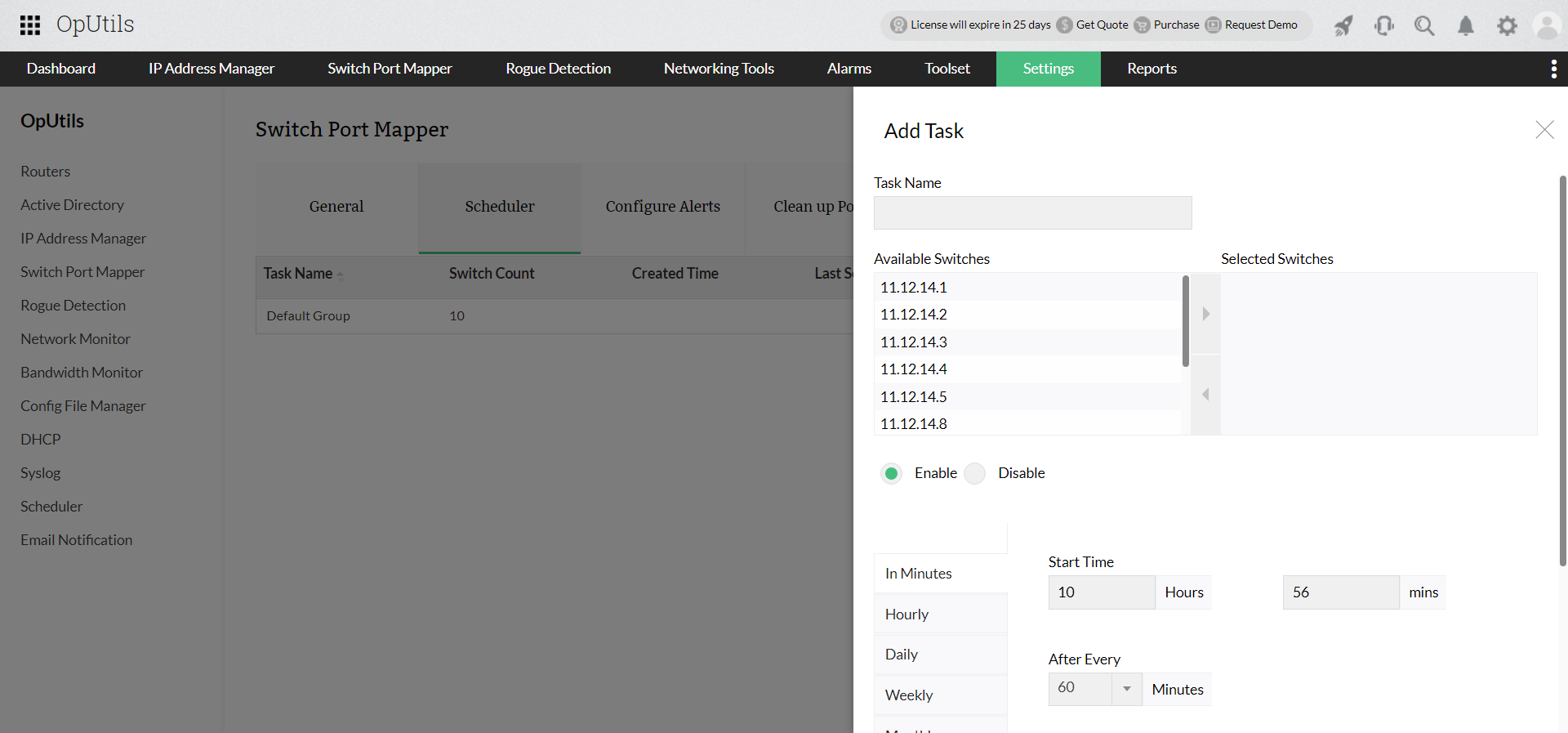


This technique of sending port scanning packets infrequently over a long period of time is known as a slow scan. More experienced Black Hats will scan more slowly, generally slow enough to avoid being detected by a firewall. You'll most commonly detect scans and sweeps from Script Kiddies or other automated, semi-intelligent attacks. If you find this triggering often from trusted machines that you've verified have no malware running on them, you may need to adjust this threshold higher to weed out these false positives. (Ten packets in 100,000 microseconds is 100 packets per second.) Some protocols can open up several ports in rapid succession. No sessions are set up for dropped packets.Ī good starting number for Port Scan Protection is 100,000 microseconds. The lowest possible detection rate is 10 packets in a period of 1,000,000 microseconds (one second). To decrease the detection rate, increase the period. To increase the detection rate, lower the period. The configuration actually detects a quick series of 10 packet probes in a user-definable period of microseconds. Packets are dropped for the remainder of the second. Port Scan Protection This controls how many TCP SYN packets per second per single IP source are permitted before the firewall begins dropping TCP SYN packets from that source. A variety of tools, most notably NMap ( perform port scanning as well as more advanced system identification such as OS fingerprinting and service banner capture. Port scanning, especially across multiple machines, is the simplest and most common network reconnaissance method.


 0 kommentar(er)
0 kommentar(er)
